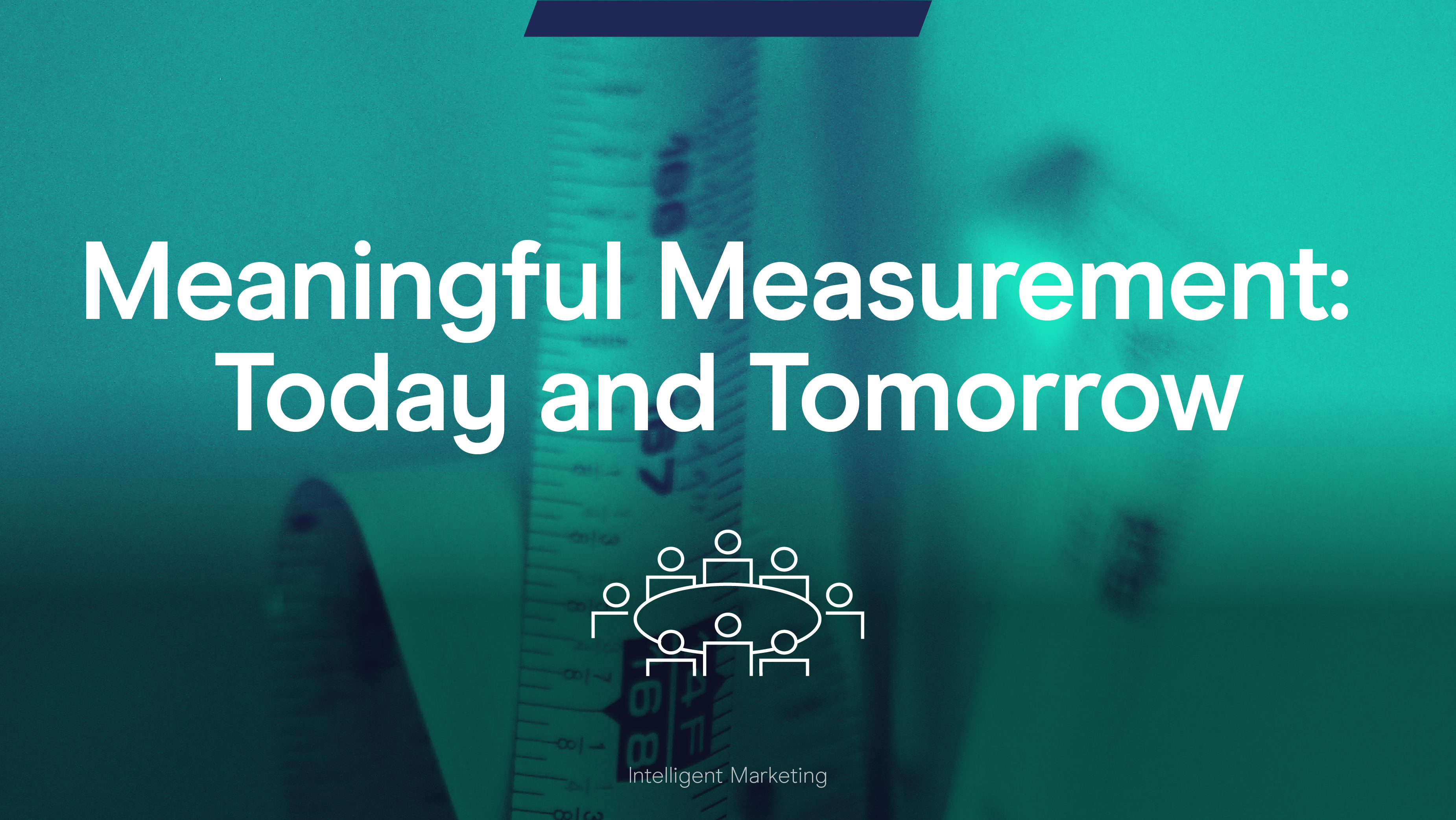A Whole New World: International & Multilingual PPC
15 Dec 2014

1. Expanding into a new market

(Image source: http://www.elderprojectmanagement.com/)
New market expansion can be an effective way to grow your business but you need to make sure that you have properly assessed the potential benefits and risks of this growth. It might be worth prioritising certain areas of your business or changing the way you target people. I would recommend in-depth market research and analysis before launching any PPC activity in a new territory. Using platforms like Google Trends is a great starting point to look at trends worldwide. You will also need to assign an appropriate budget and decide on key performance indicators in order for you to measure performance, especially in the first few months after launch.
There are often big differences in brand awareness across various countries so make sure you consider this when deciding where to focus your expansion. Also, it may be necessary to manage expectations of your bosses or, if we are looking at this from agency-side, your clients. No two markets are exactly the same so it is important to be realistic when it comes to brand performance in a new territory. In a country with little to no brand awareness, feeding the conversion funnel with some display advertising to improve brand engagement would be a good way to get some traction on your search campaigns too.
It is likely that you will have different competitors in new markets, or perhaps none at all! This is why competitor analysis should be included in the market research phase. I’d recommend the Keyword Planner to see potential traffic volumes. It might be that whilst you do not bid on core brand terms in the UK as none of your competitors are doing this, in a new market, you come up against some competitors aggressively bidding against your core brand terms and driving up cost per click. You might want to go into this market with a more aggressive brand bidding strategy to win back this traffic, rather than just sending brand traffic through your organic listings.
2. Localisation
Before you go about driving traffic to site, you will want to ensure that your website istranslated and localised for this new market. Unsurprisingly, a well-adapted website does not just comprise of exactly the same content as your current site, translated word-for-word into a new language. Your website might need to go through some structural changes, including changes to the layout of webpages, the levels of interactivity, the colour of landing pages and the various call-to-action messages on site to ensure great user experience in the new market. Split testing landing pages would be a great way to ensure your webpages are the most appropriate for each market.
It is important to note that website performance can be different across different segments of the same language (e.g. Standard French and Canadian French). Although it may be time consuming initially, considering these languages as different audiences and therefore, different markets, will be beneficial in the long-term as you will see better results from a fully-localised website.
The content of your site needs to be adapted to the new market otherwise user experience on site will be affected and bounce rates will be sky high! Making sure your site is optimised to generate conversions is key to a successful launch and fruitful future. Contact us if you would like to discuss Conversion Rate Optimisation further as our Analytics team at Periscopix can offer expert advice.
3. Keywords & ad copy
Now that your website is fully localised, it’s time to get down to the nitty gritty stuff of keyword and ad copy translation!
When planning the timeline for launching PPC campaigns in a foreign country, including realistic deadlines for yourself and your PPC agency (or client), you’ll save yourself a lot of stress and time and make sure your translated content is up to scratch. In the same vein as website localisation, things like regional variations and synonyms that don’t exist in English need to be addressed in both keyword lists and ad copy so making sure a native speaker is involved from the get-go is of the utmost importance!
When it comes to translating keywords and ad copy, it’s vital that the translator has a good level of PPC knowledge. Here at Periscopix we strongly value our in-house expertise when it comes to campaign translation but we also have good relationships with various fully-trained translation agencies so we can outsource translation work if we don’t have the capacity in-house or for less commonly-spoken languages.
Going back to the competitor analysis mentioned above, it might be necessary to highlight different unique selling points (USPs) in your ad copy in order to stand out from competitors. On a similar note, if it is standard for all businesses in a certain industry to offer certain things (e.g. free shipping or free returns), your ad copy won’t stand out from the rest. Perhaps it would be better to highlight your excellent customer service or your latest product range here to encourage ad clicks.
Accents, genders, common misspellings and plurals need to be addressed here too when it comes to keyword list creation as well as considering the impact of character limits in ad copy. In my experience, French is less flexible when it comes to ad copy as character limits tend to be exceeded quicker so it can be très difficile to be as creative in ad copy creation for this language. In the same vein, keyword lists can triple in size and keywords can be much longer in a different language so make sure your translators are fully briefed about the coverage needed.
Finally, don’t just rely on what works for your English language PPC campaigns. It’s undoubtedly important to take learnings from your live campaigns but, at the same time, keywords and ad copy could perform a lot differently in a different country so remember the importance of testing ad copy messaging!
4. Different search engines

(Image source: http://logodatabases.com/)
When launching PPC campaigns in new markets, make sure to consider the different search engines available and their market shares in different countries. Using different search platforms is often the most cost effective way to reach a new audience. The three main ones to consider are:
Yandex
- 62% market in Russia and operates in Belarus, Kazakhstan, Ukraine and Turkey too.
- Google only has a 26% market share here so your reach is limited.
- 4th largest search engine in the world.
- A slightly laborious process to get your campaigns transferred over but the interface is simple to use once they’ve been imported.
Bing
- 15.6% market share in the US.
- There are also some pretty jazzy features that aren’t available on Google. For more details, take a look at my colleague Will’s blog post about these Bing features.
- In terms of day to day management, Bing is very similar to AdWords. You can even transfer your AdWords campaigns over in the click of a button.
Baidu
- Dominates the Chinese search engine market with a 79% market share.
- The first place to look if you want to break into the Chinese marketplace.
- It offers a highly developed platform but signing up can be a long process.
5. Seasonality

(Image source: http://www.istockphoto.com/)
Seasonality can have a huge impact on the performance of your PPC campaigns. In the same way that we can tailor our ad copy to national holidays (e.g. Christmas ad copy during December), this can vary depending on the country. Even smaller national holidays like Mother’s Day are great to mention in your ad copy if you’re an eCommerce retailer so make sure you put these in your calendar well in advance. It is also worth making a note of the biggest national holidays as these can affect performance too so make sure to bear this in mind for launching a new campaign or a new feature.
In order to make the most of seasonal holidays, you will need to have the ability to write new ad text or adapt existing ads. It’s great if you have an in-house native speaker that can create ad copy at short notice. However, if you outsource to external translation agencies, it might be worth planning ahead and getting different ad copy variations created in advance to prepare for this. For example, for an eCommerce client, I would strongly recommend getting some sale ad copy prepped in advance so you don’t have to delay the launch whilst you wait for translated copy.
Make sure you don’t forget the obvious things either! For example, it’s not summer at the same time in the UK and Australia so if you’re a fashion retailer running remarketing campaigns in both this countries, you wouldn’t want to use the same images for both. An Australian in the height of summer is not going to click an ad that is showing them bobble hats and fluffy slippers!
6. Campaign structure
One of the most important things here for deciding how to structure your new account is making sure you remember the need to be flexible. Just because something doesn’t work in your UK account, you shouldn’t completely deny the possibility it might work well in another country! You might see one particular keyword dominating the traffic in one market but not in another so be prepared to restructure your account after it has been live for a few months if you think it isn’t running as efficiently as it could.
In terms of tracking conversions and bidding in different currencies, AdWords recently announced that it is now possible to track conversions in multiple conversions with the same conversion tracking code. You will now be able to report in your home currency in one AdWords account, which should make consolidating data and reporting a lot easier that it was previously. For more details about this feature, our blog on this topic is a must-read.
7. Check your campaign settings
In order to determine which language ads to show to a user, Google will look at the domain that is being used (.fr, .es etc.) and the user’s language preferences. Google.fr will default to French automatically but this can be changed to English in the Preferences section on the Google homepage. A user in France searching on Google.fr with English language preferences will see English language ads. The same user searching on Google.fr with the default language preferences would see French language ads.

When it comes to your multilingual campaigns, you will need to check your campaign settings before launch. Language settings are determined at campaign level (see image above) so if you want to split out your language targeting settings for your new AdWords account, you will need to have separate campaigns targeting different languages. If you don’t split your campaigns out like this, you run the risk of showing ads in the incorrect language to users and this would clearly have a negative impact on your account performance! If you are targeting a country with a large number of English speakers, you might want to have English language ads live as well as native language ads. To do this, as mentioned above, you would have two separate campaigns targeting the two different languages and optimise accordingly.
It can be worth testing a new geographic market with your best performing English keywords and ad copy, making sure to only target English language users in your campaign settings). This can give you useful insights into the market before you commit to large-scale and expensive localisation projects.
8. Campaign optimisation
Once you’re up and running and reaching all these amazing new users, remember how many different options there are for international campaign optimisation!
- Geographic and user location reports
Once you have a decent amount of data to look at (I would always have campaigns live for at least 4-6 weeks before making changes to your location targeting), use the geographic and user location reports in the Settings tab (under Locations) to track performance at a more granular level.
- Location bid multipliers
Increase your bids for top performing locations and decrease them for areas that are not bringing in a great return. You can even exclude areas if you do not want to target this area at all. I’d recommend having a read of Tom’s beautiful blog post on this subject for more information.
- Device performance
Have you seen any difference in mobile performance in your different markets? Setting up bid multipliers to increase or decrease your mobile bids across campaigns is a great way to improve campaign performance. This is an area where there might be completely different performance across territories so make sure you don’t just rely on the multipliers you have in your UK campaigns.
- One last thing…
The main things to remember when creating and managing multilingual campaigns is to test, test and test again. It’s exactly the same principle we use here at Periscopix for our English language campaigns too, you don’t want to just press “activate” and let your campaigns stagnate. Optimise your campaigns and make sure to pay attention to the most appropriate metrics for your business.
Ideally native speakers should be helping out with search query work, ad copy additions and keyword changes too. If you don’t have the capacity in-house, don’t just rely on word for word translations from Google Translate as this will reflect badly on campaign performance. You want to make sure your on-site content is localised for your new market, that you have complete coverage of possible keyword variants and well-translated ad copy. When that’s all set up, you should be ready to explore a whole new world…

(Image Source: http://starrryeyeddreams.files.wordpress.com/)
If you are considering expanding into new territories and want to discuss the impact on your PPC campaigns, or are looking to grow your business through paid search, get in touch with us at Periscopix today.
To view the blog as displayed on the Periscopix website, please click here.




Please login to comment.
Comments